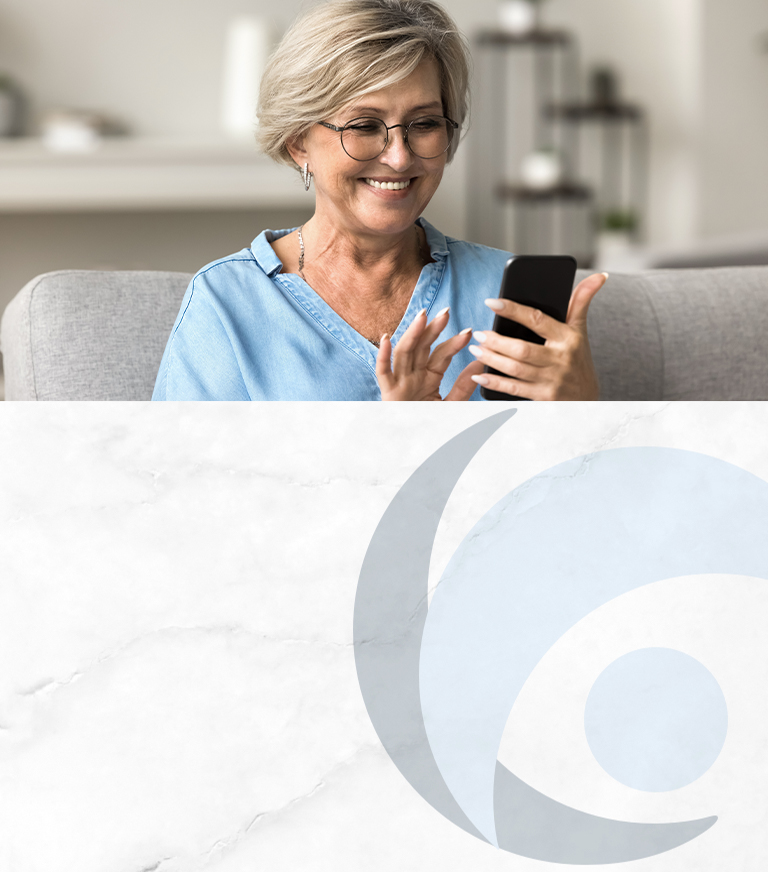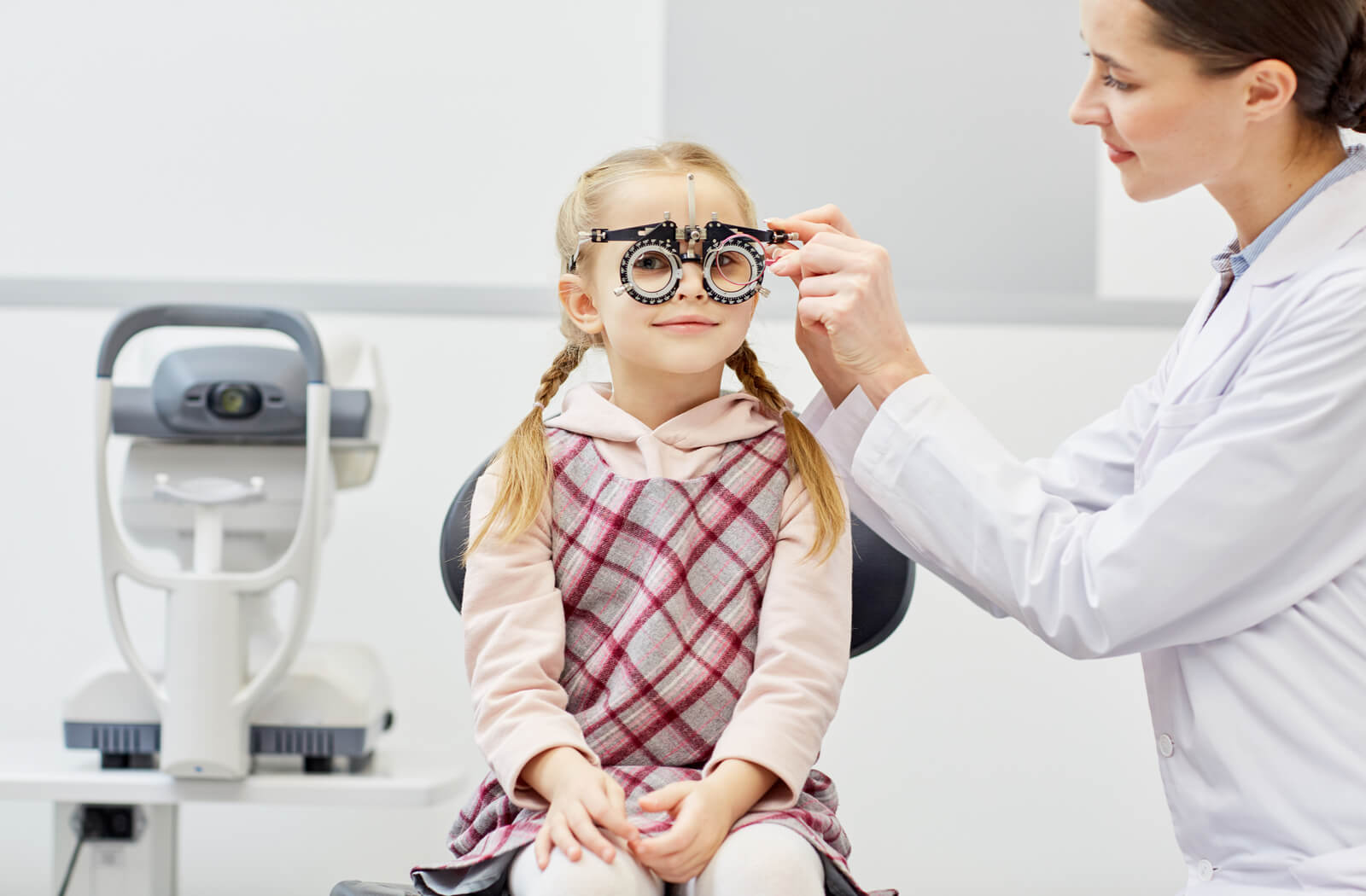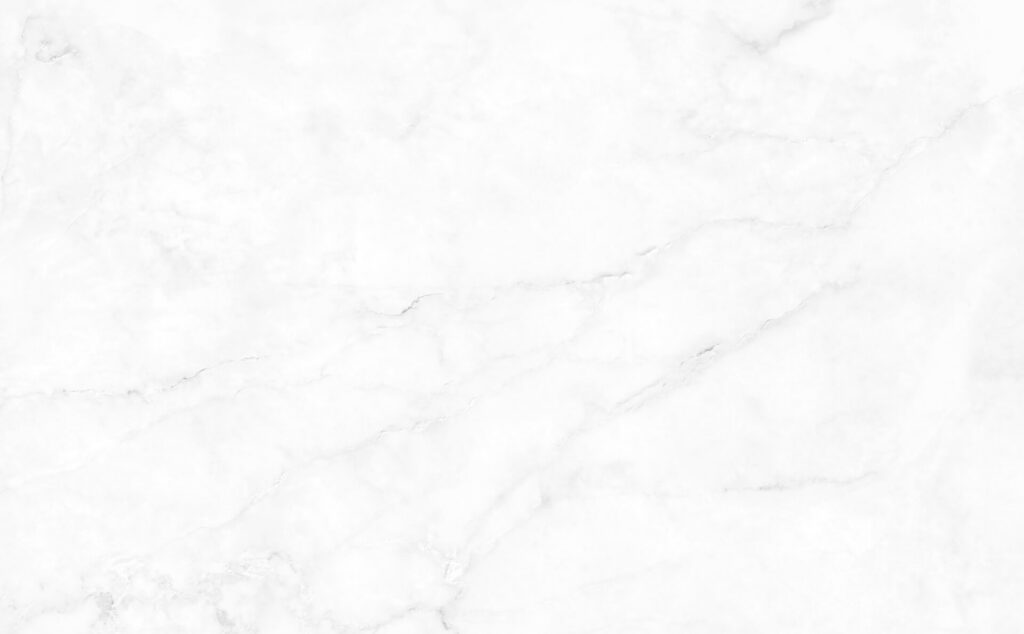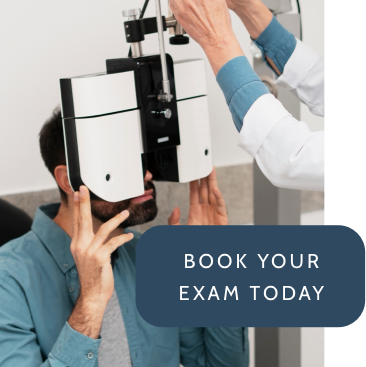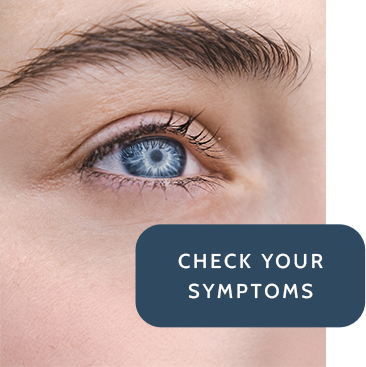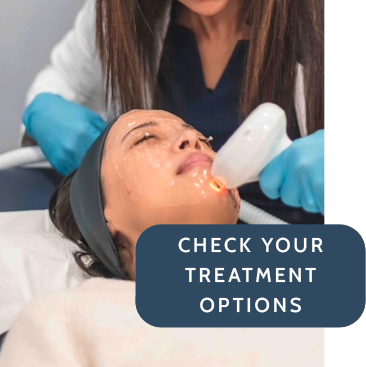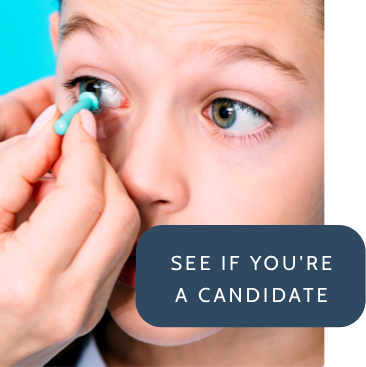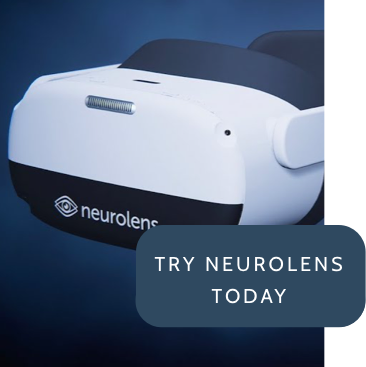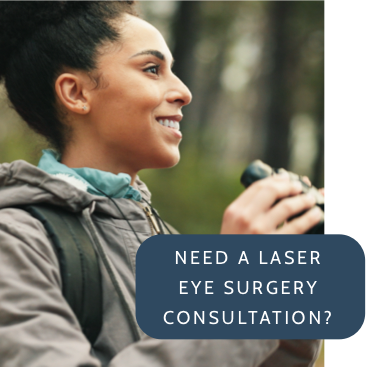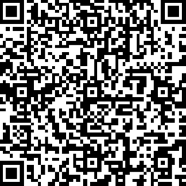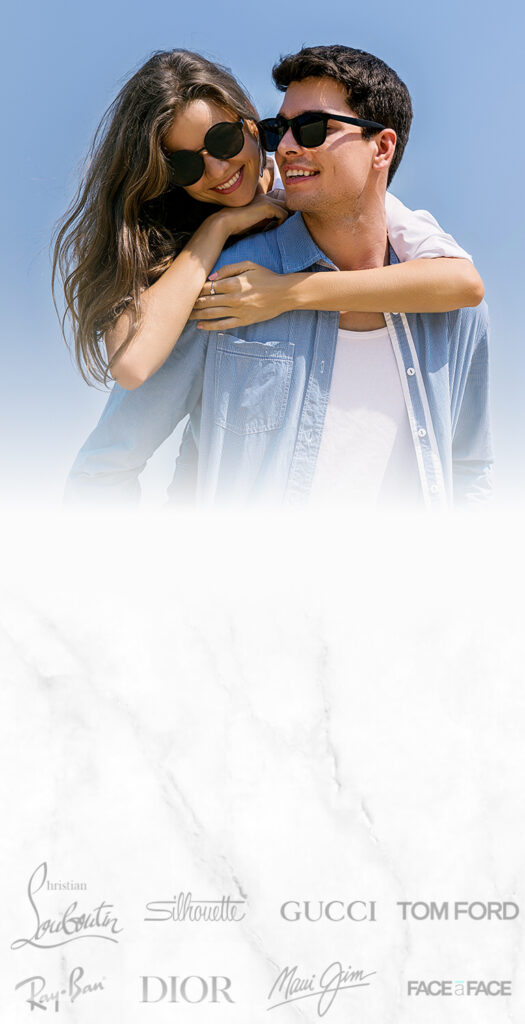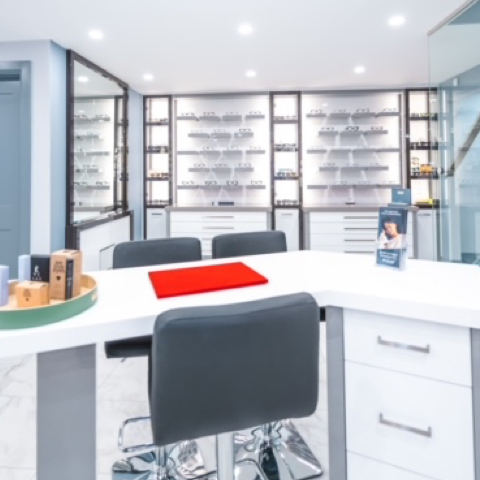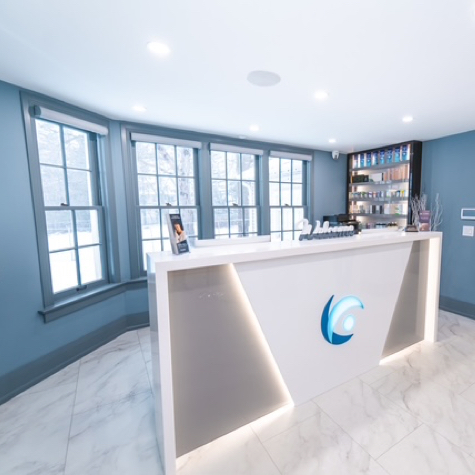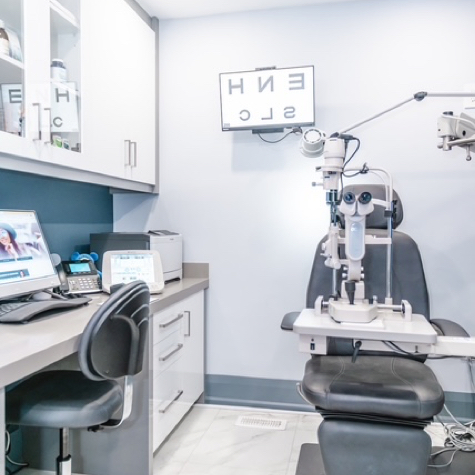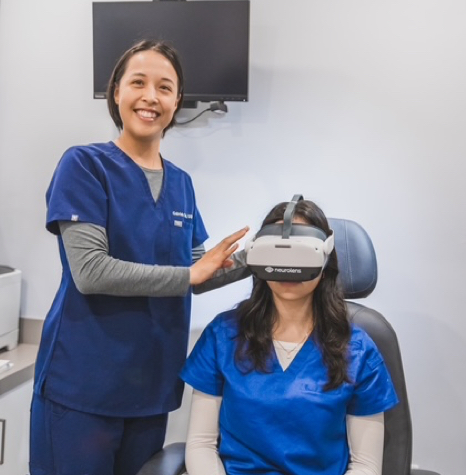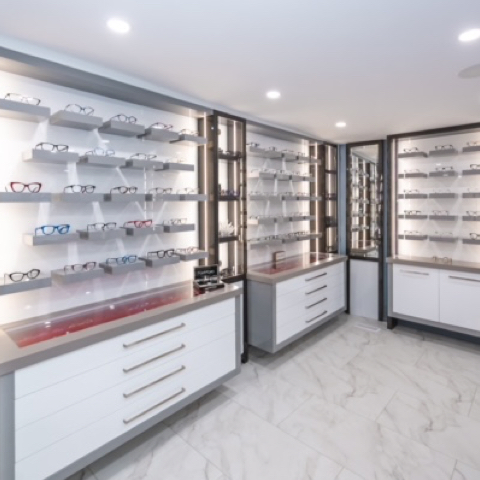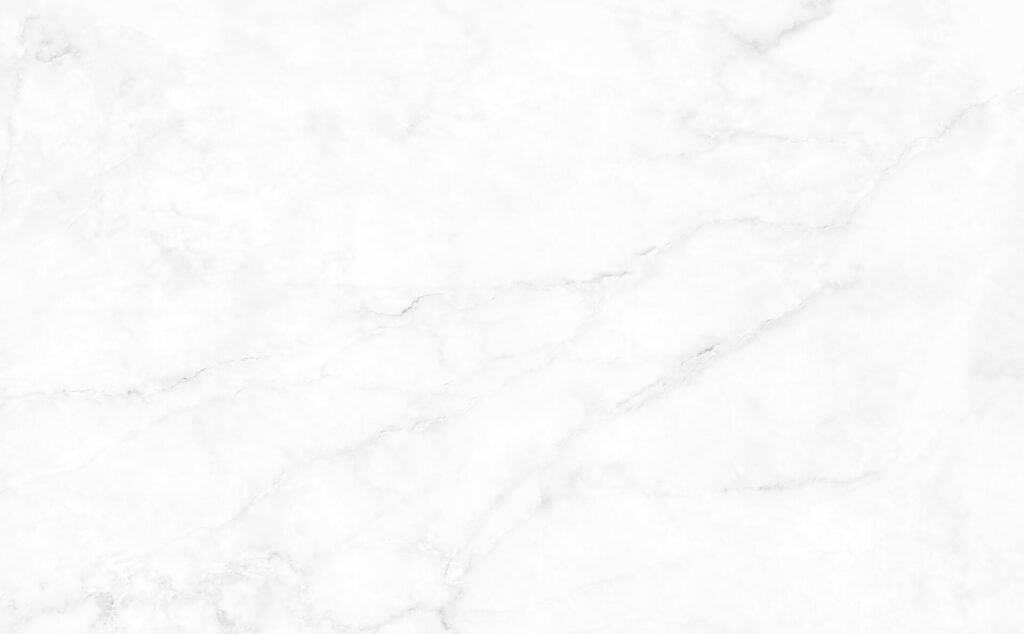There are many options for treating myopia, including glasses and contact lenses. While regular lenses can help correct myopia and provide clearer vision, specialized lenses can help manage myopia progression. What lens does your eye doctor use when managing myopia progression?
Continue reading to learn about myopia, including what lenses are available to manage this condition.
What Is Myopia?
Myopia is a common refractive error where distant objects look blurry while nearby images appear clearly. You experience blurry vision because incoming light doesn’t focus properly on your retina. Approximately 30% of Canadians live with myopia, and experts believe this number will rise with time.
Myopia typically develops in childhood, but your child may not notice they have a vision problem. Many children experience refractive errors from a young age, and they may assume everyone else’s vision is similar to theirs. Keeping an eye out for signs of myopia can help you identify a potential problem in your child.
Common myopia symptoms in children include:
- Excessive squinting
- Headaches
- Strained eyes
- Persistent blinking
- Unawareness of far-away objects
- Frequent eye rubbing
What Causes Myopia?
If your child has myopia, they have uniquely shaped eyes. Their eyes grew too quickly or continued to grow after age 10 to 12, leading to a steeply curved cornea or a longer-shaped eye. The eye’s shape causes light to focus in front of the retina instead of on the retina.
Other factors can contribute to myopia development, such as:
What Is Myopia Progression?
Myopia tends to progress as your child grows, causing this refractive error to worsen with time. This problem is called myopia progression. Your child’s eyes grow alongside them, potentially making a mild case of myopia progress into a more severe version.
Severe myopia is known as high myopia. Someone with high myopia needs -5.00 dioptres or more of vision correction in their glasses. Your child will likely rely on heavy prescriptions as an adult if they have high myopia.
Besides blurry vision, high myopia increases your child’s risk of several eye diseases, including:
The Importance of Myopia Control
Myopia progression can affect your child’s eye health and vision, so it’s essential to treat this condition as early as possible. Unfortunately, you can’t treat myopia progression with regular eyeglasses. Myopia control treatments focus on slowing myopic progression.
Your child’s eyes haven’t finished developing, meaning they are still in their growth phase. Because of this, myopia is controllable with specialized treatments. Many of these treatments are lenses to correct and control myopia, providing clear vision while slowing myopic progression.
Depending on your child’s needs, your eye doctor can help treat myopia progression with contact lenses or glasses.
Lenses for Myopia Management
There are several lenses available today to correct and control myopia. Some common lenses for myopia management include MiSight contact lenses, MiyoSmart eyeglasses, and orthokeratology (ortho-k) contacts.
MiSight Contact Lenses
MiSight contact lenses are daily disposable lenses designed for children with myopia. These lenses adjust your child’s peripheral vision by refracting light to a point just in front of the retina. This technique is known as peripheral defocus, which slows myopia progression.
MiSight contacts work by combining a vision-correcting lens centre with surrounding rings. The rings alternate between vision correction zones and treatment areas for peripheral defocus. These lenses can slow myopia progression in some children by up to 59%.
MiyoSmart Eyeglasses
MiyoSmart lenses utilize defocus incorporated multiple segments (DIMS) technology to correct myopia and slow progression in children. They’re similar to MiSight contact lenses, featuring a vision-correcting centre and surrounding treatment zones.
These lenses are beneficial for children because they’re easier to wear. Previous research discovered that MiyoSmart lenses reduce myopic progression by up to 60%.
Orthokeratology (Ortho-K) Contact Lenses
Orthokeratology is a corneal reshaping lens used to treat myopia progression. These rigid lenses gently flatten the centre of the cornea as your child sleeps, changing how light bends as it enters the eye. Your child removes these lenses in the morning and can enjoy clear vision during the day.
Ortho-k lenses can slow myopic progression in children by 36–56%.
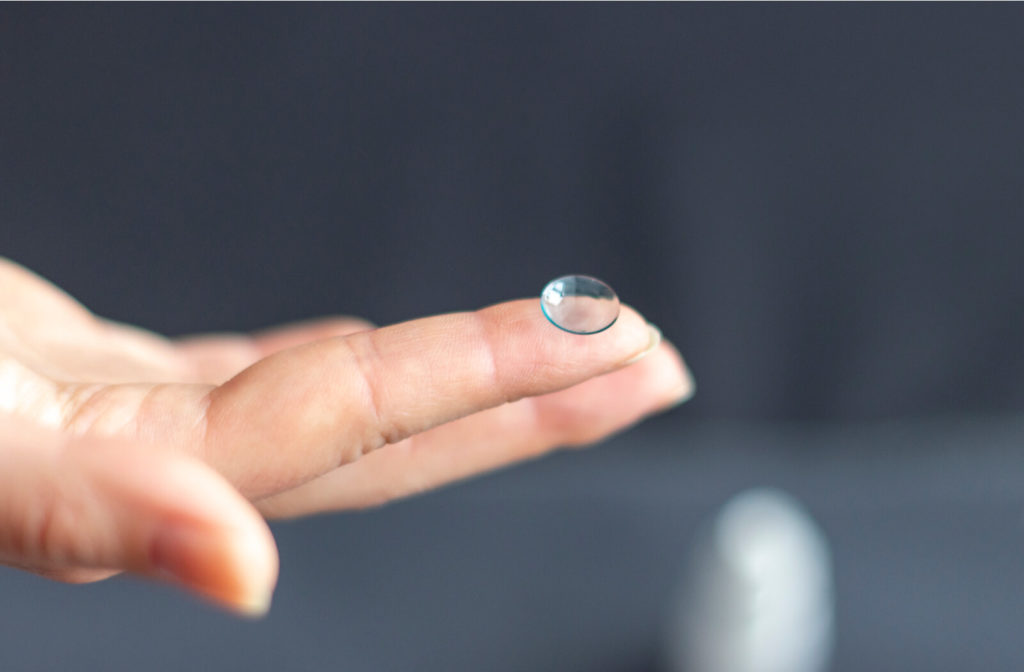
Which Lens Is Best for Myopia Control?
There’s no best lens available for treating myopia—it depends on your child’s vision needs and abilities. They may not be suited for contact lenses if they can’t take care of them, making glasses a better option. Your eye doctor will recommend the treatment option they feel is best for your child.
Some parents may assume you can treat myopia more effectively by combining treatment options, but this isn’t always true. For example, contact lenses like ortho-k aren’t compatible with glasses like MiyoSmart.
Ortho-k lenses reshape the cornea overnight, helping your child see clearly without corrective eyewear during the day. Wearing MiyoSmart lenses during the day isn’t recommended because the effects of ortho-k treatment are active.
Lenses Aren’t the Only Option for Myopia Control
Contact lenses and glasses aren’t your child’s only option when treating myopia. Atropine is a medication available as eye drops or ointments for slowing myopic progression.
Applying low-dose atropine to your child’s eyes helps temporarily freeze the focusing muscle in the eye, relaxing the eye’s focusing mechanisms. This medication controls focusing fatigue, which is a potential cause of myopia.
It’s important to note that while atropine eye drops can be effective for myopia control, they can’t correct your child’s vision. They’ll still need corrective eyewear to see clearly.
Help Protect Your Child’s Vision
You can help protect your child’s vision with help from your eye doctor. They can recommend the best myopia treatment for your child’s needs.
Contact your optometrist if you’re interested in myopia treatment for your child.
